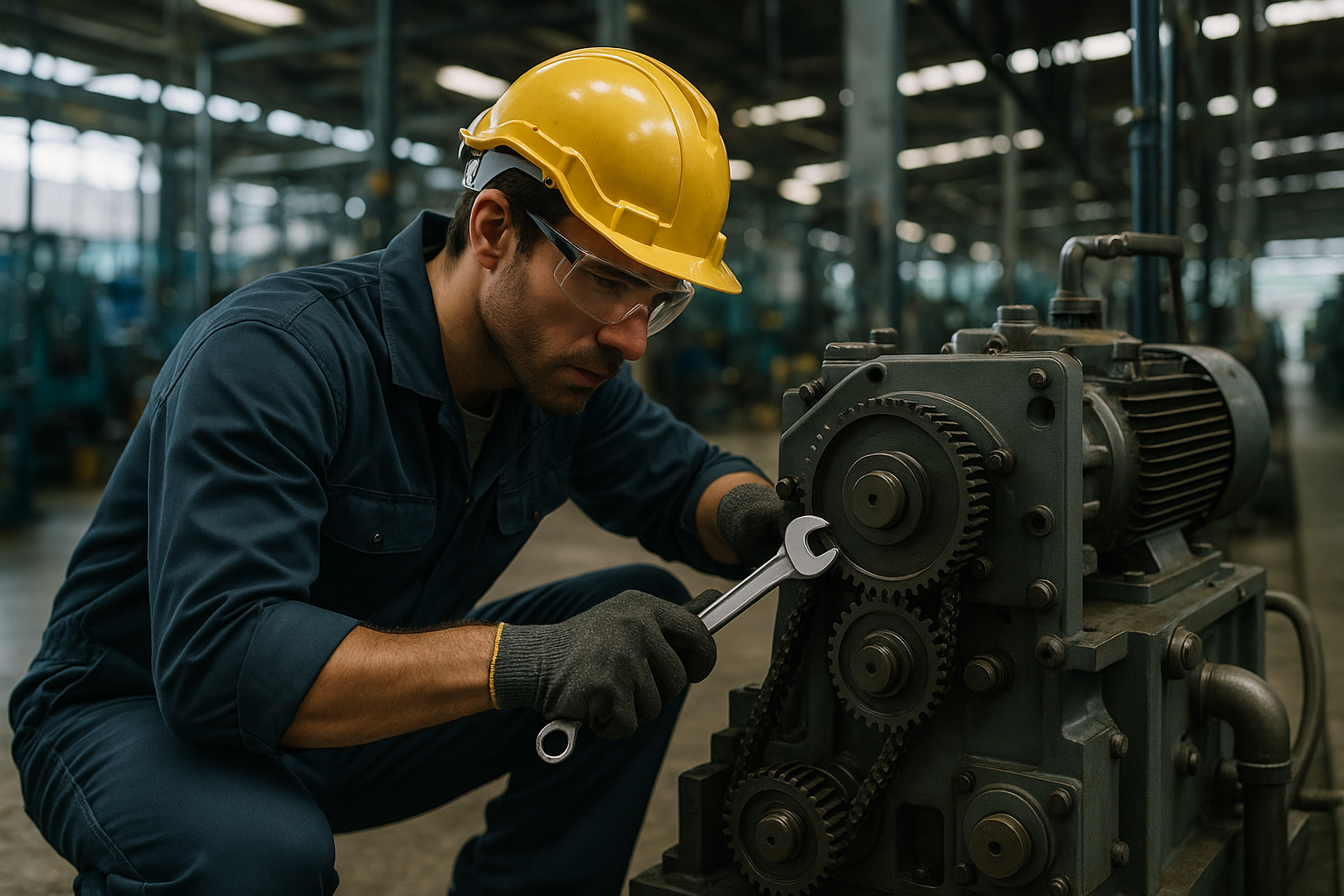Nurturing Operational Excellence with Total Productive Maintenance
In the landscape of industrial operations, Total Productive Maintenance (TPM) emerges as a holistic strategy that enhances operational efficiency, reduces downtime, and fosters continuous improvement. Total Productive Maintenance, a brainchild of Japanese industrial engineer Seiichi Nakajima, was introduced in the late 1970s as an innovative system of maintaining and improving the integrity of production and quality systems. At the core of TPM lies a proactive and preventive approach that focuses on eliminating defects, breakdowns, and accidents in the workplace.

Current Role of TPM in Business Operations
Fast forward to today, TPM has evolved into a fundamental pillar of business operations worldwide, fueling a paradigm shift in maintenance culture. Its application extends beyond the factory floor, permeating all aspects of an organization, from the executive boardroom to the production line. This operational strategy is now recognized for its potential to boost operational efficiency, maximize equipment availability, and ultimately drive bottom-line results.
TPM: A Multifaceted Approach to Operational Excellence
TPM is not merely a maintenance strategy; it’s a way of life for forward-thinking organizations. It fosters a culture of shared responsibility, where everyone is accountable for the optimal performance of the entire operation. It emphasizes proactive and preventive maintenance to ensure equipment operates at its full potential and production processes run seamlessly.
The Impact of TPM
Adopting TPM can lead to significant operational improvements. It helps reduce equipment downtime, increase productivity, improve product quality, and enhance worker safety. However, implementing TPM is not without its challenges. It requires a substantial shift in organizational culture, commitment from all levels of management, and ongoing training and development.
Nailing TPM: Key Insights for Success
-
A successful TPM implementation starts with a clear vision and strong leadership commitment.
-
TPM is not a one-off project. It’s a long-term commitment that requires continuous effort and improvement.
-
Training and education are crucial. Equip your employees with the right knowledge and skills to carry out their TPM responsibilities effectively.
-
Foster a culture of shared responsibility. Everyone should feel responsible for maintaining and improving equipment performance.
-
Regular audits and reviews are critical to assess TPM effectiveness and identify areas for improvement.
In Conclusion
Total Productive Maintenance is a powerful strategy that can catapult a business to new heights of operational efficiency. It’s not just about keeping equipment in good working order—it’s about fostering a culture of continuous improvement and shared responsibility. By embracing TPM, organizations can enhance productivity, reduce downtime, and drive sustainable growth. As we navigate the future of industrial operations, TPM will continue to play a pivotal role in shaping businesses that are resilient, efficient, and competitive.




